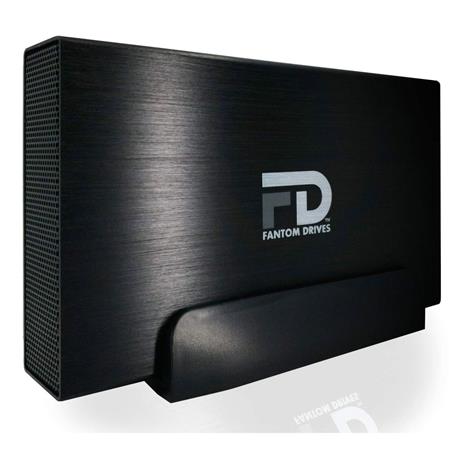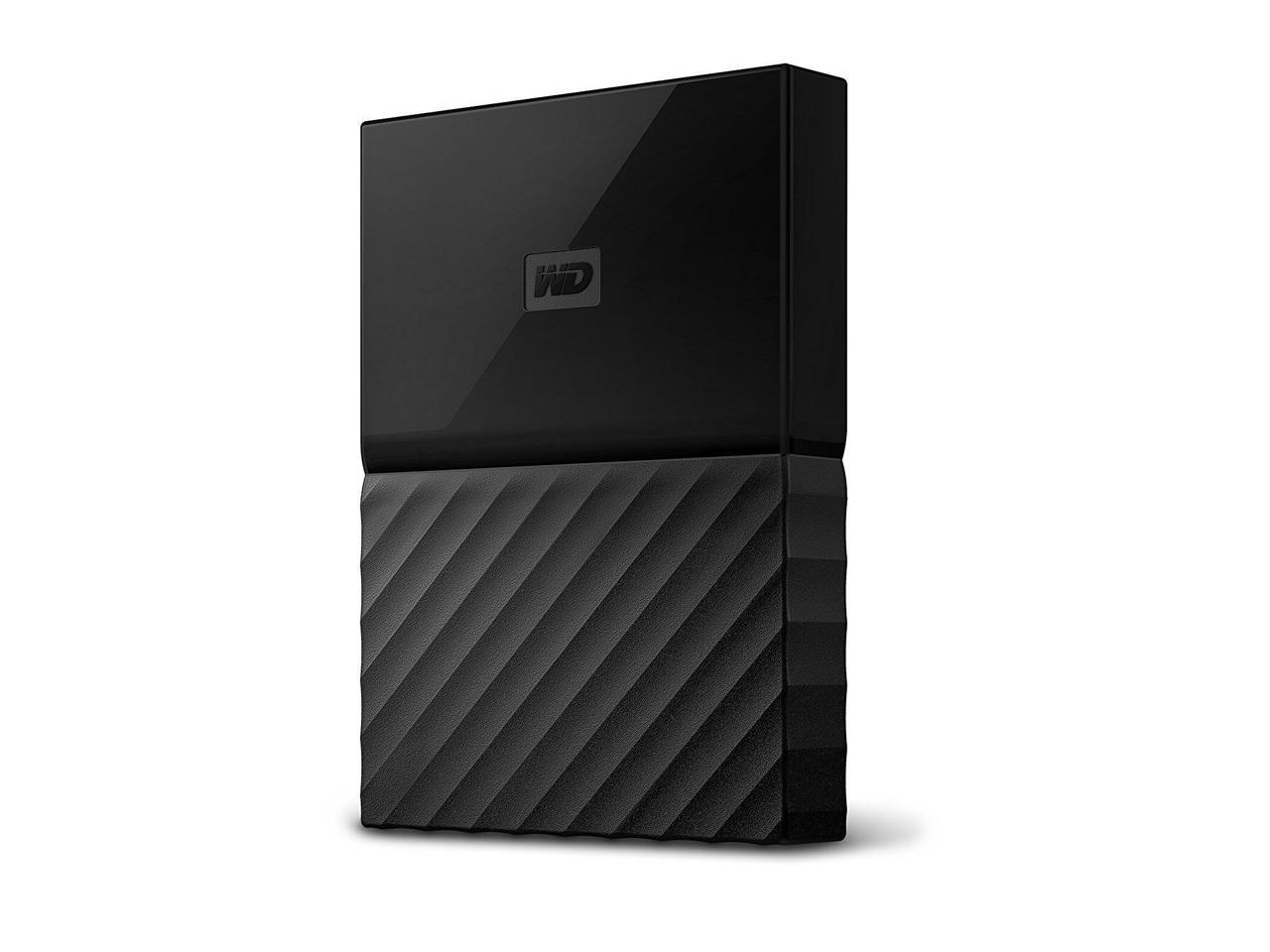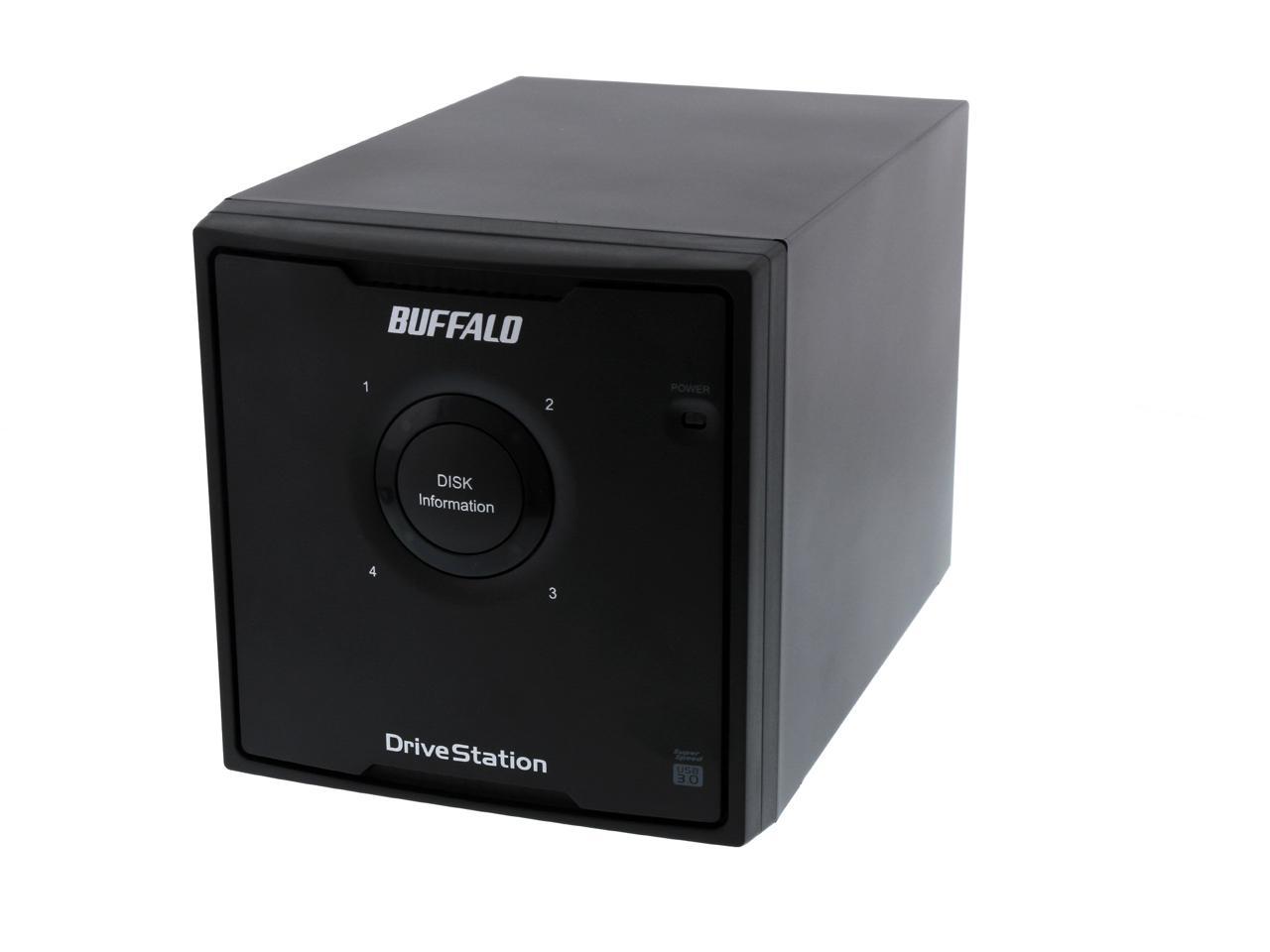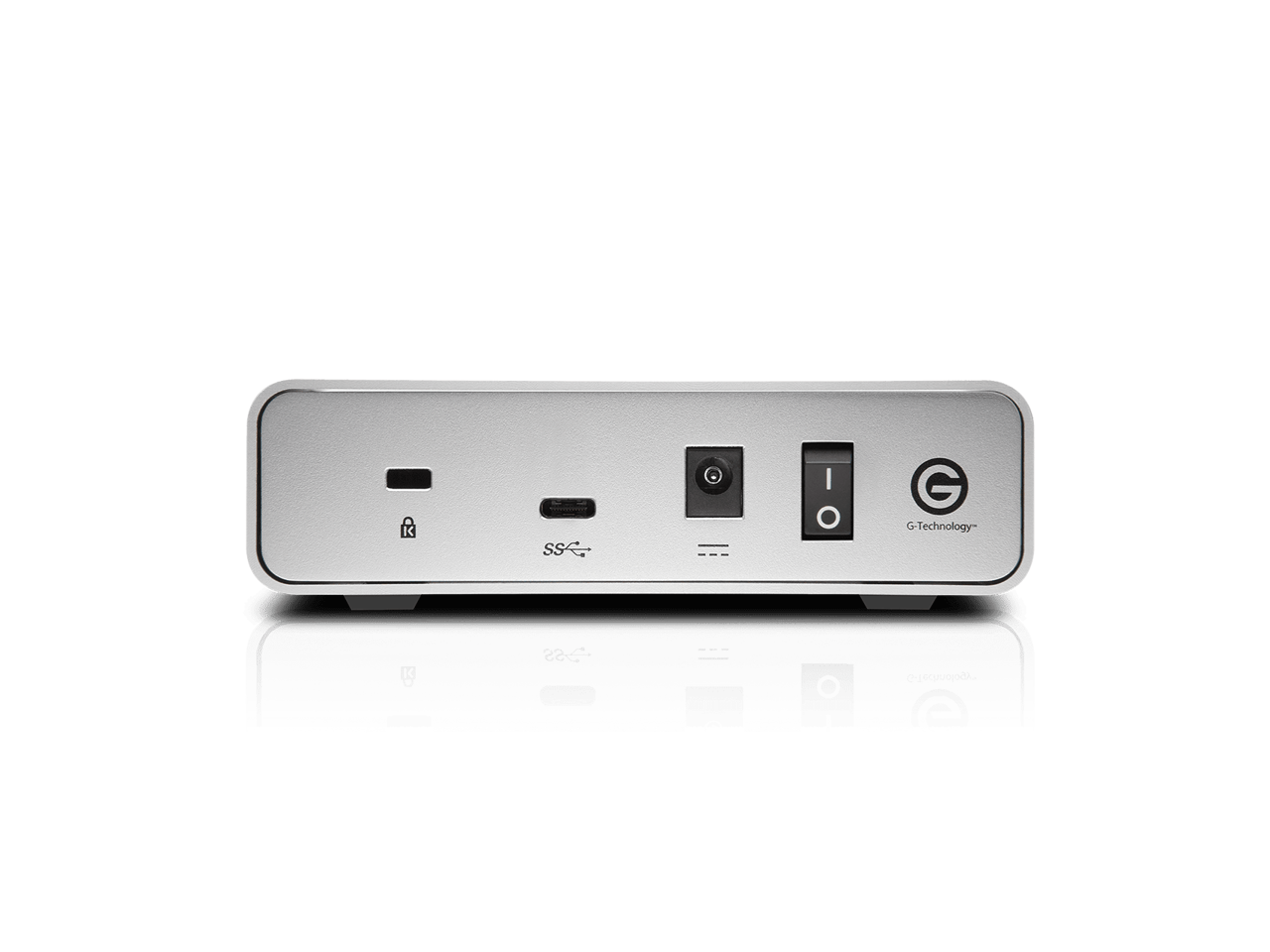
- #Most reliable usb 3 external hard drive time machine portable
- #Most reliable usb 3 external hard drive time machine software
- #Most reliable usb 3 external hard drive time machine plus
The difference is that they don't need a direct cable connection or even a power connection, thanks to a built-in battery.Īll connect to your smartphone, tablet or even laptop by creating their own wireless (Wi-Fi) hotspot.
#Most reliable usb 3 external hard drive time machine portable
Wireless portable storage isn't a separate category in itself it includes HDs, SDDs and models that can let you plug in SD memory cards or thumb drives. These devices are mobile data banks that can give you extra terabytes of space that you can access without any physical cable attached.
#Most reliable usb 3 external hard drive time machine plus
On the plus side, HDs are relatively cheap. This can make a huge difference if you're transferring large amounts of data, such as video files or a computer backup. HD speed test results are generally between half and one-fifth the speed of SSDs in our testing. HD technology generally has much slower read and write speeds than portable SSDs and high-quality USB flash drives. They're more susceptible to damage if dropped while working. The moving parts make them heavier and likely less-durable than SSDs and thumb drives. Portable (and desktop) HDs use technology based on spinning metal discs and magnetic recording.
#Most reliable usb 3 external hard drive time machine software
Hardware encryption is generally more secure and faster than encryption via a software program (software encryption).

This uses a special chip on the drive to handle encryption duties (the "hardware" part of hardware encryption).

Some offer built-in, military-grade, hardware-based encryption to keep your data safe. The better versions (look for a "name" brand) are becoming more robust and secure.

However, you can't tell the difference by just looking at it – you need to consult the specs for the device. The second-generation of USB 3.1 (called, simply, USB 3.1 Gen-2) is rated at double the speed (10Gbps). USB 3.0 and first-generation USB 3.1 are essentially the same technology, offering the same connection speed, up to 5Gbps (gigabits per second). The kind of USB technology is also important. Despite having no moving parts, they can sometimes fail for no apparent reason. The weak points of the cheaper USB flash drives have always been reliability and speed. The more expensive versions may offer faster performance or better security such as built-in hardware encryption to protect your drive from being access by unauthorised users. They commonly range from 2GB to 256GB capacity, but 512GB models are also available. They've become the modern equivalent of the floppy disk, offering cheap, compact and convenient data storage. Like memory cards, they use solid-state flash memory chips, but have a built-in USB connector.

USB flash drives (also known as USB keys or thumb drives) are one of the smallest forms of self-contained portable storage.


 0 kommentar(er)
0 kommentar(er)
